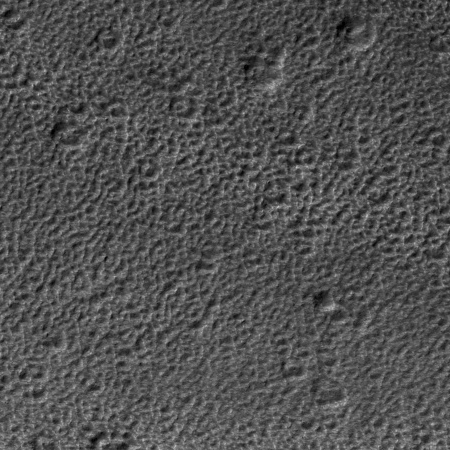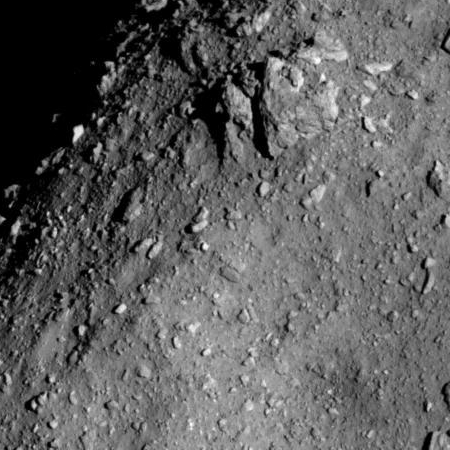Mars dust storm blocks Mars Reconnaissance Orbiter images
In my normal routine to check out the periodic posting of new high resolution images from Mars Reconnaissance Orbiter (MRO), the August 1 update brought what at first was a disturbing surprise. If you go to the link you will see that a large majority of the images show nothing by a series of vertical lines, as if the high resolution camera on MRO has failed.
Yet, scattered among the images were perfectly sharp images. I started to look at these images to try to figure out the differences, and quickly found that the sharp images were always of features in high latitudes, while the blurred images were closer to the equator.
The August 1 image release covered the June/July time period, when the on-going Martian dust storm was at its height. The images illustrate also where the storm was most opaque, closer to the equator.
The next few updates, which occur every three weeks or so, should show increasing clarity as the storm subsides. And the storm is subsiding, according to the latest Opportunity update. The scientists have still not re-established contact with the rover, and do not expect to for at least a month or more, but they are finding that the atmospheric opacity at Endeavour Crater seems to be dropping.
In my normal routine to check out the periodic posting of new high resolution images from Mars Reconnaissance Orbiter (MRO), the August 1 update brought what at first was a disturbing surprise. If you go to the link you will see that a large majority of the images show nothing by a series of vertical lines, as if the high resolution camera on MRO has failed.
Yet, scattered among the images were perfectly sharp images. I started to look at these images to try to figure out the differences, and quickly found that the sharp images were always of features in high latitudes, while the blurred images were closer to the equator.
The August 1 image release covered the June/July time period, when the on-going Martian dust storm was at its height. The images illustrate also where the storm was most opaque, closer to the equator.
The next few updates, which occur every three weeks or so, should show increasing clarity as the storm subsides. And the storm is subsiding, according to the latest Opportunity update. The scientists have still not re-established contact with the rover, and do not expect to for at least a month or more, but they are finding that the atmospheric opacity at Endeavour Crater seems to be dropping.






